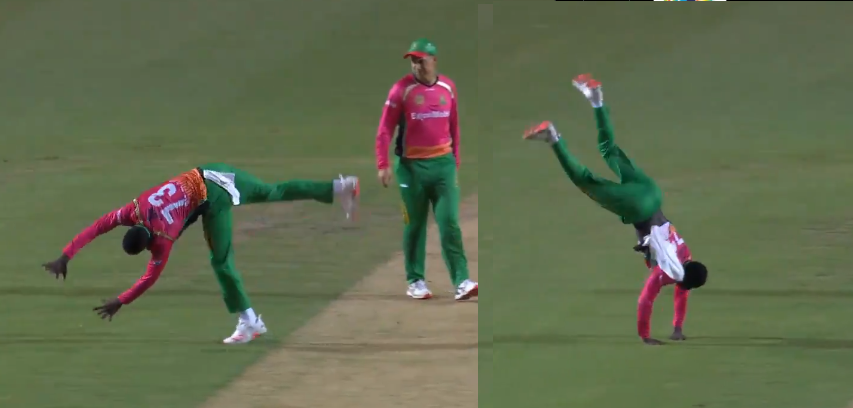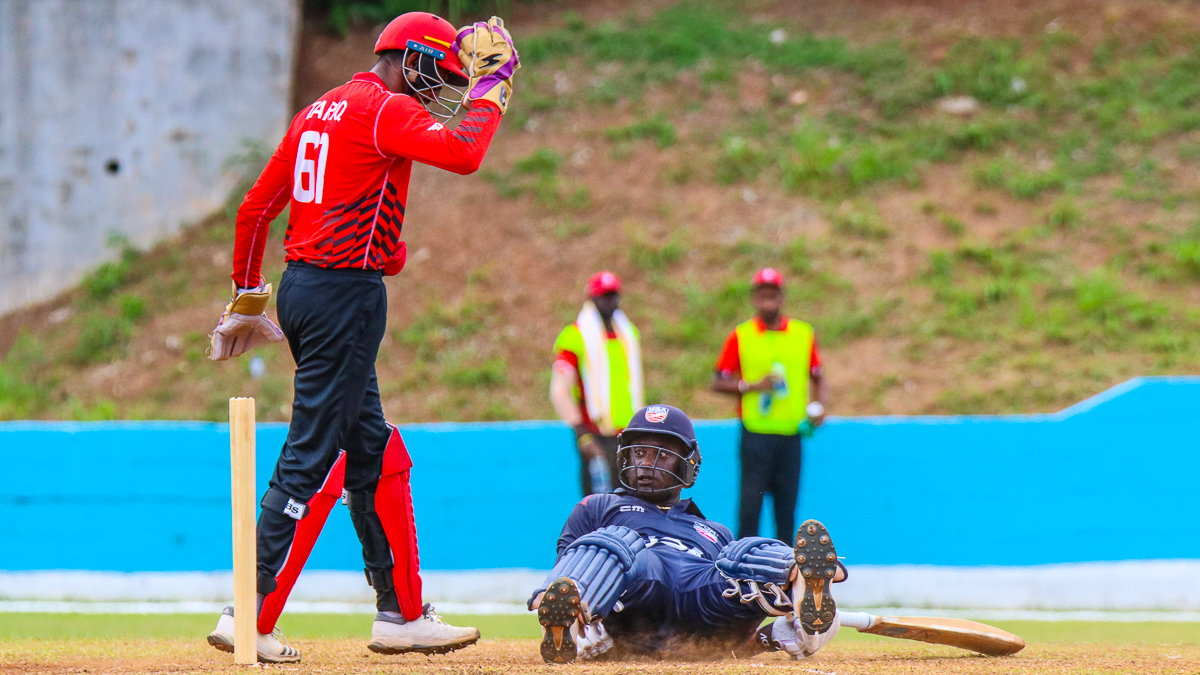
First inningsĮarlier, Sam Curran bagged three wickets for just 12 runs as England held Pakistan to 137-8.

Had it not been for Shaheen’s injury, the match was anyone’s to take. As mentioned above, luck was not on Pakistan’s side, something demonstrated by the fact that the lanky pacer picked up the injury while taking the catch of Harry Brook. Shaheen, just as he usually is, was superb in the opening over, and got rid of Alex Hales. Seeing the southpaw pacer leave the field deflated the team as his replacement Iftikhar was swiftly dispatched for a pair of boundaries by Ben Stokes and the match, from that point on, was as good as over.Įarlier, Pakistan pacers led by Shaheen and Haris Rauf did a remarkable job of keeping their team in the hunt despite just 137 to defend. The batsman is said to have lost his wicket, the batting side is said to have lost a wicket, the fielding side to have taken a wicket, and the is also said to have taken his (i.e.Luck was not on Pakistan’s side as they were beaten in the World Cup final by England at the Melbourne Cricket Ground on Sunday.Īfter a sub-par batting effort but a superb bowling comeback, the Green Shirts had made a match of it before an untimely injury to star pacer Shaheen Afridi a ball into the 16th over forced Babar Azam to turn to part-timer Iftikhar Ahmed. Main article:The of a batsman is known as the taking of a wicket. After a decision to play without bails, the wicket has been put down if the umpire concerned is satisfied that the wicket has been struck by the ball, by the striker's, person, or items of his clothing or equipment separated from his person as described above, or by a fielder with the hand holding the ball or with the arm of the hand holding the ball.Dismissal of a batsman.

A fielder may remake the wicket, if necessary, in order to put it down to have an opportunity of running out a batsman.If however both bails are off, a fielder must remove one of the three stumps out of the ground with the ball, or pull it out of the ground with a hand or arm, provided that the ball is held in the hand or hands so used, or in the hand of the arm so used.If the have agreed to dispense with bails, because, for example, it is too windy for the bails to remain on the stumps, the decision as to whether the wicket has been put down is one for the umpire concerned to decide.


The wicket was not put down, and so the batsman was.If one bail is off, removing the remaining bail or striking or pulling any of the three stumps out of the ground is sufficient to put the wicket down.


 0 kommentar(er)
0 kommentar(er)
